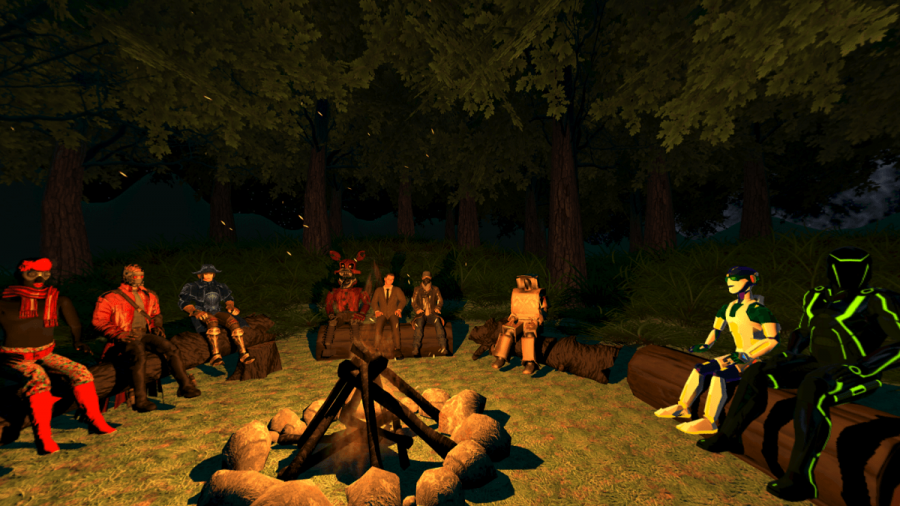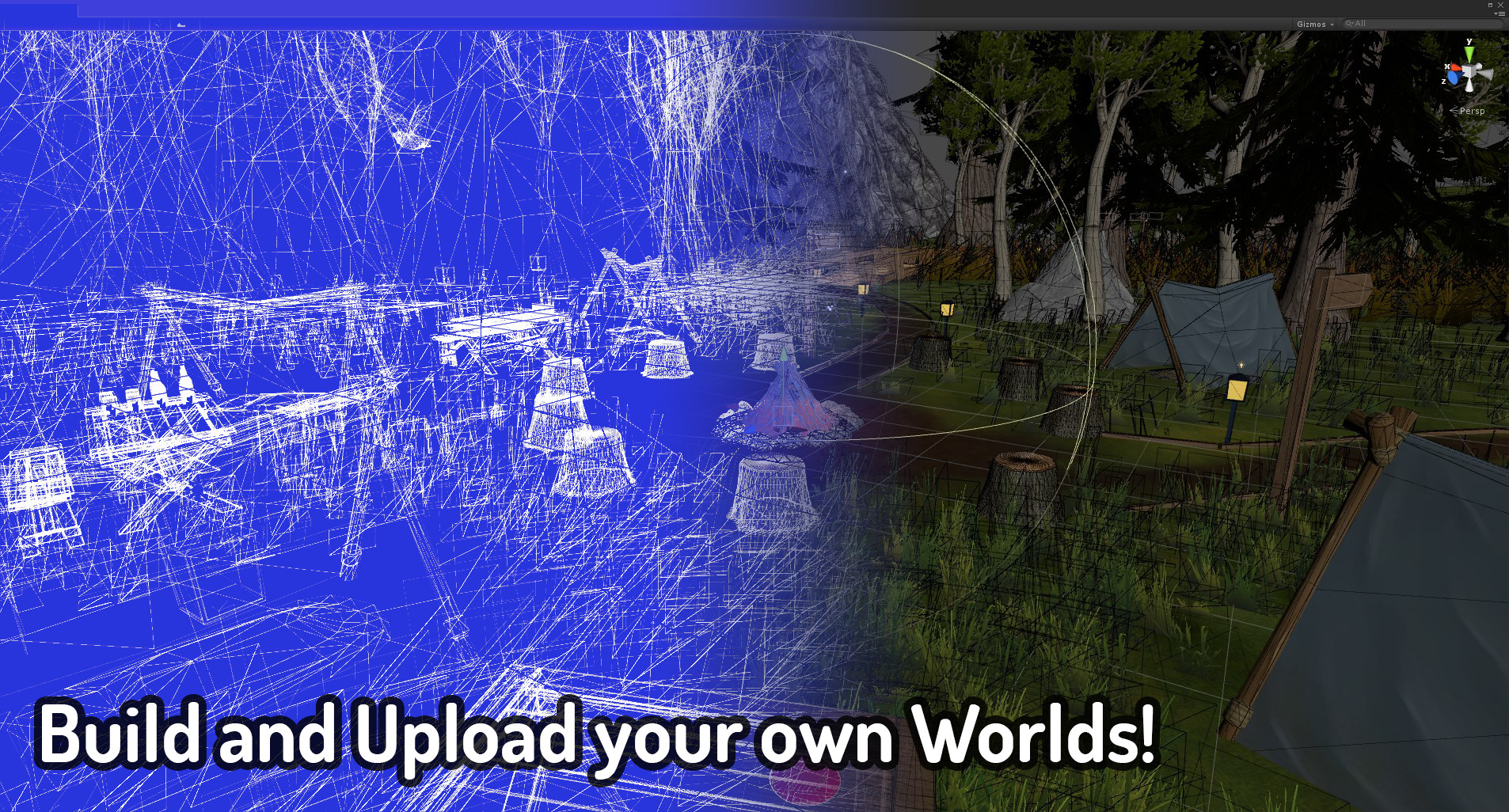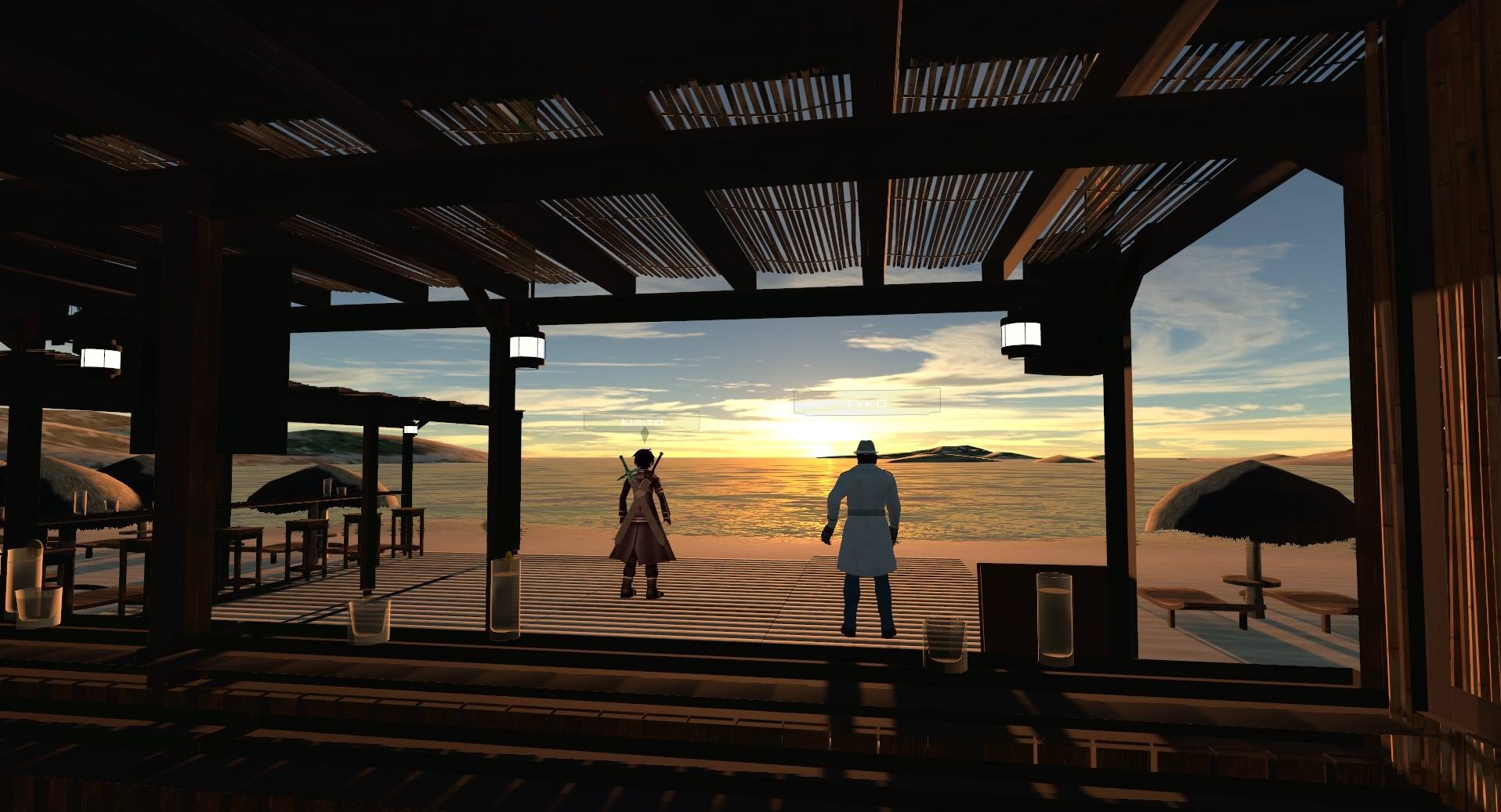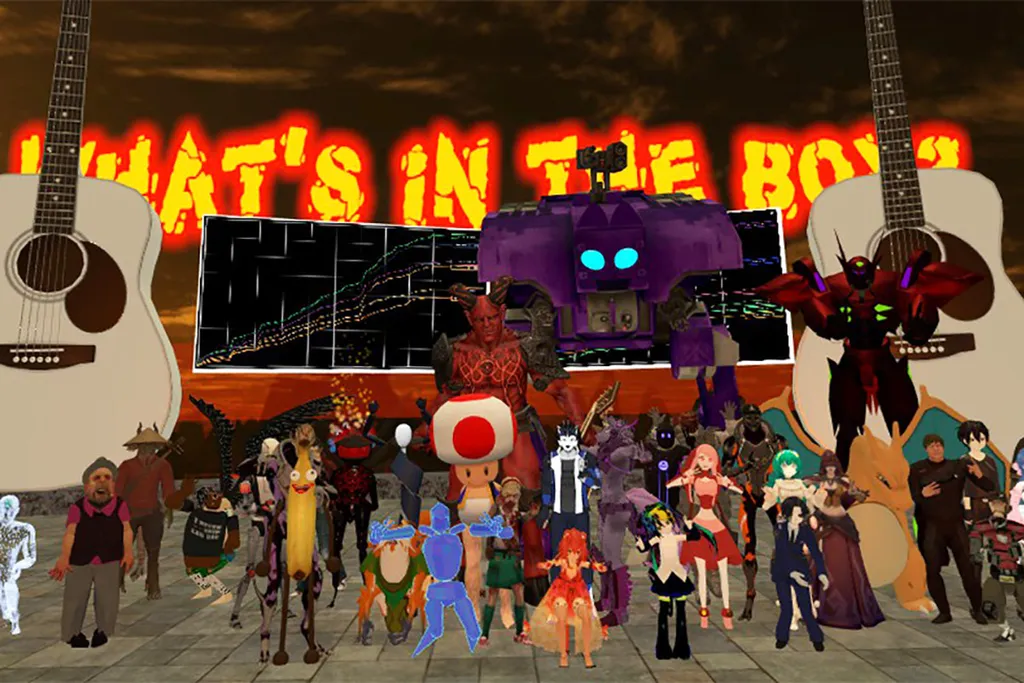It’s been a while since we really checked in on VRChat. In fact, we haven’t visited its virtual hallways since it got a big $4 million investment round from HTC and other investors last year. The platform allows users from around the world to meet up, make friends, hang out, and create their own digital avatars and immersive VR worlds. In many ways it’s shaping up to sort of be a Second Life 2.0 with VR integration as the main focus.
The social VR app had been slowly building up its user base over time as planned, until suddenly late last year, that all changed.

Like most things on the internet, it’s difficult to trace events back to their original source because of how quickly things spread, but right around the beginning of December popular streamers and YouTubers started playing the game heavily. This attracted thousands of new players since VRChat is not only free, but allows non-VR users to play as well.
“We had originally projected we’d be at maybe one or two thousand concurrent users by now, but we spiked up to about 20,000 concurrent users just a couple of months ago,” said Ron Millar, Chief Creative Officer of VRChat, during a meeting we had inside the social VR app. “Basically we had this strategy in place and went out to have a big offsite meeting to discuss plans of a bunch of features we wanted to put into VRChat, but that all halted when the traffic went through the roof at the start of December.”
For perspective, let’s compare that to other well-known and popular games on Steam right now. As of the time of this writing, midday on a Friday afternoon, 31,000 people are playing Civilization VI, a new entry in an insanely popular strategy game series and 15,000 are playing SMITE, one of the world’s most popular competitive MOBA games. Reaching 20,000 concurrent users, even if briefly, is no small feat.
So just like that everything changed. Before long over a million people had registered an account with VRChat, then two million, and now it’s close to three million according to unofficial data tracking site, SteamSpy. That’s incredibly fast growth.

“We just exploded,” continued Millar. “I was already working 16-hour days including weekends sometimes so we were all like, ‘Phew, it’s Christmas, we can take a little break,’ and nope. Not at all. A lot of us had to man the stations in the middle of doing things with family…all of a sudden our server bill skyrocketed.”
Free internet platforms are places often overrun by trolls, bullies, and otherwise negative people. VRChat was no different. Before long users were bombarding the platform with racist and sexist memes to the point that VRChat was getting absolutely overwhelmed.
“All of that happened, plus the notoriety of the memes, and suddenly you’re the hot thing that all the cool kids and bad kids want to see and come in and mess with you,” said Millar. “It’s hard to control. We ban people, but then they go rally all their friends on a Discord server somewhere and come back with an army of hackers. That stuff was happening really badly but we had to pivot our entire team, plus hiring new people at Christmas time, to try and handle moderation and hold down the fort. We just had to pivot the whole company and make sure the security holes were patched. We just weren’t ready for this wave this fast, and we could have been, but projections just weren’t looking like they’d get so crazy that fast. All of our plans got blown apart, so we had to pivot with everything on fire all the time.”
The issue was exacerbated by the fact that VRChat can be played by anyone inside of or outside of VR as well. That quite literally opened the floodgates. But even still, Millar admits that so many people have bought VR headsets after trying VRChat outside of VR that the trade-off will be worth it for the community as a whole.

But those issues aren’t what VRChat is about and aren’t what it should be known for.
Since the issues began VRChat has released an Open Letter to the Community expressing their desire to try and rectify mistakes and address rampant “harmful” behavior.
“We’re a small team so it’s difficult to keep up,” admitted Millar. “People come into VRChat and they don’t realize we’re not fully released, they don’t realize we’re a small team, and they don’t realize a lot of things. People just wonder why we ‘allow’ these things to happen.”
It has certainly been a whirlwind, but it appears to be dying down. I’ve spent a few hours in the platform at various points throughout the past week or so and never once did I encounter a Ugandan Knuckles, any hateful speech, or harmful behavior at all. I saw some worlds that I could visit that clearly were labeled as festering hubs of memes so I stayed away. That’s definitely progress from where it was a month or two ago.
As the company continues to grow things like this will happen, especially for something that’s an evolving online ecosystem. We’re going to dive back into VRChat later this week to get more detail around its vision for the future and why it should earn a place among the most revered VR apps, not the most ridiculed.
“[VRChat] has just become like this really crazy, living, breathing organism,” explained Millar. “Almost like a box with tentacles coming out of it.”
Well said. Check it out over on Steam for free right now to see the tentacle box for yourself.


























